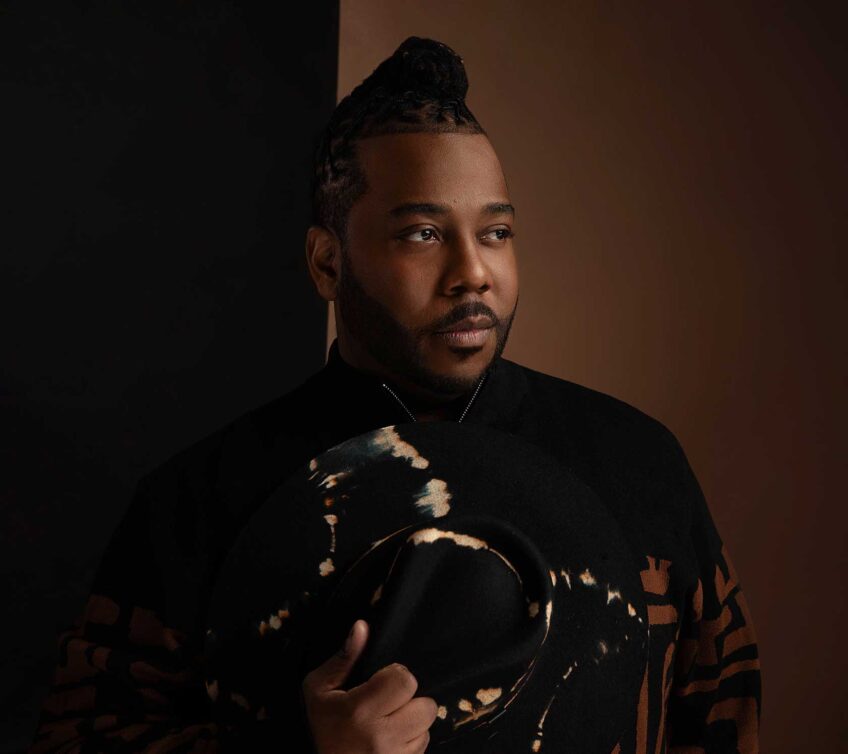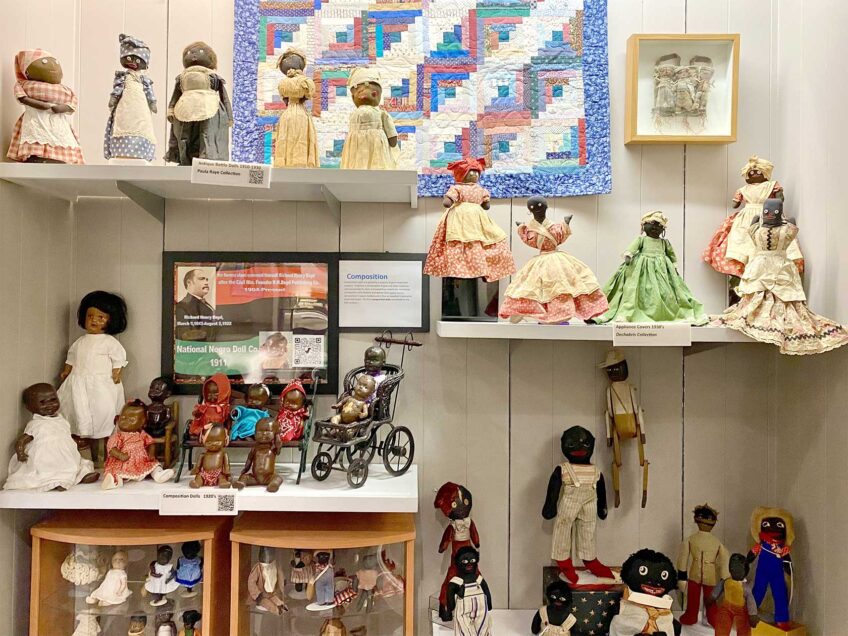
Fans of 1090 WILD-AM in its glory days know what it means to have a great community radio station — and then lose it.
So does award-winning African American dancer and choreographer Kyle Abraham, whose evening-length work, “The Radio Show,” springs from the loss of such a station in his hometown of Pittsburgh, and connects that loss with the erosion of his father’s voice from dementia.
Confronting these losses and connecting past and present with joy and verve, “The Radio Show” premiered in January 2010 in Pittsburgh and a month later, after its New York premiere at Danspace Project, received a Bessie Award for Outstanding Performance in Dance.
On Nov. 16, Abraham and his company Kyle Abraham/Abraham.In.Motion performed the Boston premiere of “The Radio Show” at the Institute of Contemporary Art/Boston in a presentation of World Music/CRASHarts.
Raised in a black neighborhood with an education that included training in classical cello and immersion in hip-hop, Abraham studied at the city’s Civic Light Opera Academy and Creative and Performing Arts High School. He then received a BFA from SUNY Purchase and an MFA from NYU Tisch School of the Arts.
Like its creator, “The Radio Show” crosses artistic traditions — from symphonic music and ballet to RandB, gospel, soul, funk, hip-hop, electronica and beyond. He samples and celebrates it all in this 90-minute, evening-length work, a love poem to a radio station and the ties that connect a community and family across generations.
Spanning centuries, the program’s 47 musical credits vary from J.S. Bach to electronica musicians Alva Noto and Ryoji Ikeda. The music samples old-school groups such as the Chi-Lites and Gladys Knight and the Pips as well as Sharon Jones and the Dap-Kings, Sophia Fresh, Klymaxx, Lady Gaga and Hudson Mohawke.
“The Radio Show” is a program in two parts, “AM 860” and “106.7 FM,” which take their names from two companion stations. Performing this program, Abraham and his six-member company wear simple but sensuous trousers and tops in soft earth tones designed by Sarah Cubbage.
The entire cast, which includes two other males, Maleek Washington and Chalvar Monteiro, dance with precision and power. But many of the program’s solos, duets and ensembles feature the company’s four women, including lithe and dramatic Rena Butler and compact, expressive Brittanie Brown.
A “preshow” begins the program with low-key stealth. Abraham is a riveting figure as he gracefully walks along the front row greeting audience members. Yet his hand shakes in a tremor, evoking the gesture of an impaired man. As the music begins, he takes the hand of a woman in the audience and begins dancing with her. Then he brings another woman to her feet, and they too dance with easy pleasure.
Next, the lights dim and, in a circle of light that suggests a turntable, Abraham plunges into a solo of astonishing speed and virtuosity. Edgy moves melt into balletic lyricism. With bent knees and toes, he springs up and then contracts as if pulled into the floor.
Versatile lighting by Dan Scully helps tell the story, conjuring showbiz footlights in one scene and in another, shrouding the dancers in bright columns. Facial expressions count too, and deft lighting illuminates the humorous mugging of Amber Lee Parker in a voguing routine, as she applies hairspray or cologne and flirts like a poster girl. Later, the footlights expand into a cloud and backlit, the willowy blond Rachelle Rafailedes evaporates but for the profile of her curls.
Sampled in fragmentary bursts, the music and the movement proceed in starts and stops that yield surprising juxtapositions. In between, passages of static suggest not only vacant radio bandwidth but also the disorientation of a mind eroded by dementia. Occasionally, an entire song unfolds uninterrupted, like an aria.
As it explores the experiences of loss and connection, “The Radio Show” never lets up in intensity and brings new excitement and urgency to dance theater.


![Banner [Virtual] Art Gallery](https://baystatebanner.com/wp-content/uploads/2024/04/Cagen-Luse_Men-at-store-e1713991226112-150x150.jpg)

![Banner [Virtual] Art Gallery](https://baystatebanner.com/wp-content/uploads/2024/04/Cagen-Luse_Men-at-store-e1713991226112-848x569.jpg)

